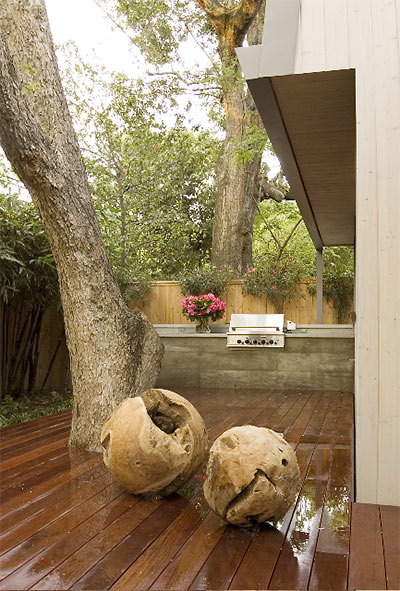Cracks and Crevices Deliver Beautiful Interiors
Written by faith | 0Lately my interior design inspirations seek some Wabi Sabi. And what’s Wabi Sabi exactly? I like Architect Tadao Ando’s definition, “Pared down to its barest essence, wabi-sabi is the Japanese art of finding beauty in imperfection and profundity in nature, of accepting the natural cycle of growth, decay, and death. It celebrates cracks and crevices and all the other marks that time, weather, and loving use leave behind. Through wabi-sabi, we learn to embrace liver spots, rust, and frayed edges, and the march of time they represent. It reminds me of this rustic cabin I designed which honored the old.
Wabi-sabi is underplayed and modest, the kind of quiet, undeclared beauty that waits patiently to be discovered. It’s a fragmentary glimpse: the branch representing the entire tree, shoji screens filtering the sun, the moon 90 percent obscured behind a ribbon of cloud. It’s a richly mellow beauty that’s striking but not obvious, that you can imagine having around you for a long, long time-Katherine Hepburn versus Marilyn Monroe.
It’s the peace found in a moss garden, the musty smell of geraniums, the astringent taste of powdered green tea. My favorite Japanese phrase for describing wabi-sabi is “natsukashii furusato,” or an old memory of my hometown. (This is a prevalent mind-set in Japan these days, as people born in major urban areas such as Tokyo and Osaka wax nostalgic over grandparents’ country houses that perhaps never were. They can even “rent” grandparents who live in prototypical country houses and spend the weekend there.)”
Thanks to Tadao Ando for sharing this description. Would like to live with Wabi-Sabi?


